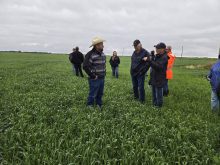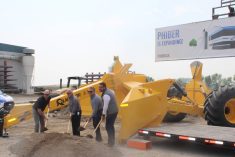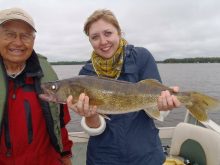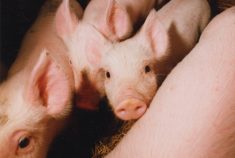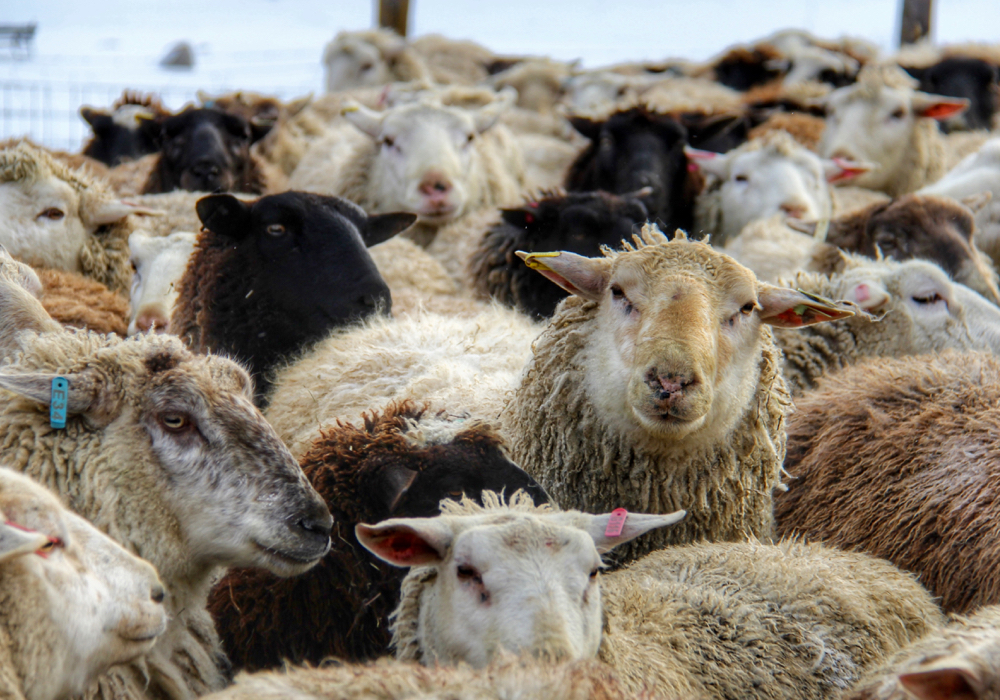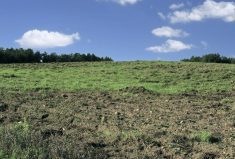Heavy rains and overland flooding have put the status of this year’s grazing and hay supplies in serious doubt, cattle producers say.
It’s an evolving situation, but the financial impact of flooding and excess moisture will devastate producers especially since many have not recovered from 2011 flooding, says Manitoba Beef Producers. The association is meeting with provincial officials this week to call for both short- and long-term strategies.
“After two difficult winters, available hay and straw supplies have been reduced. Greenfeed production could be limited,” said MBP president Heinz Reimer in a news release July 4. “Water-related issues are continuing to evolve and a variety of strategies is needed to help producers face these challenges.”
Read Also
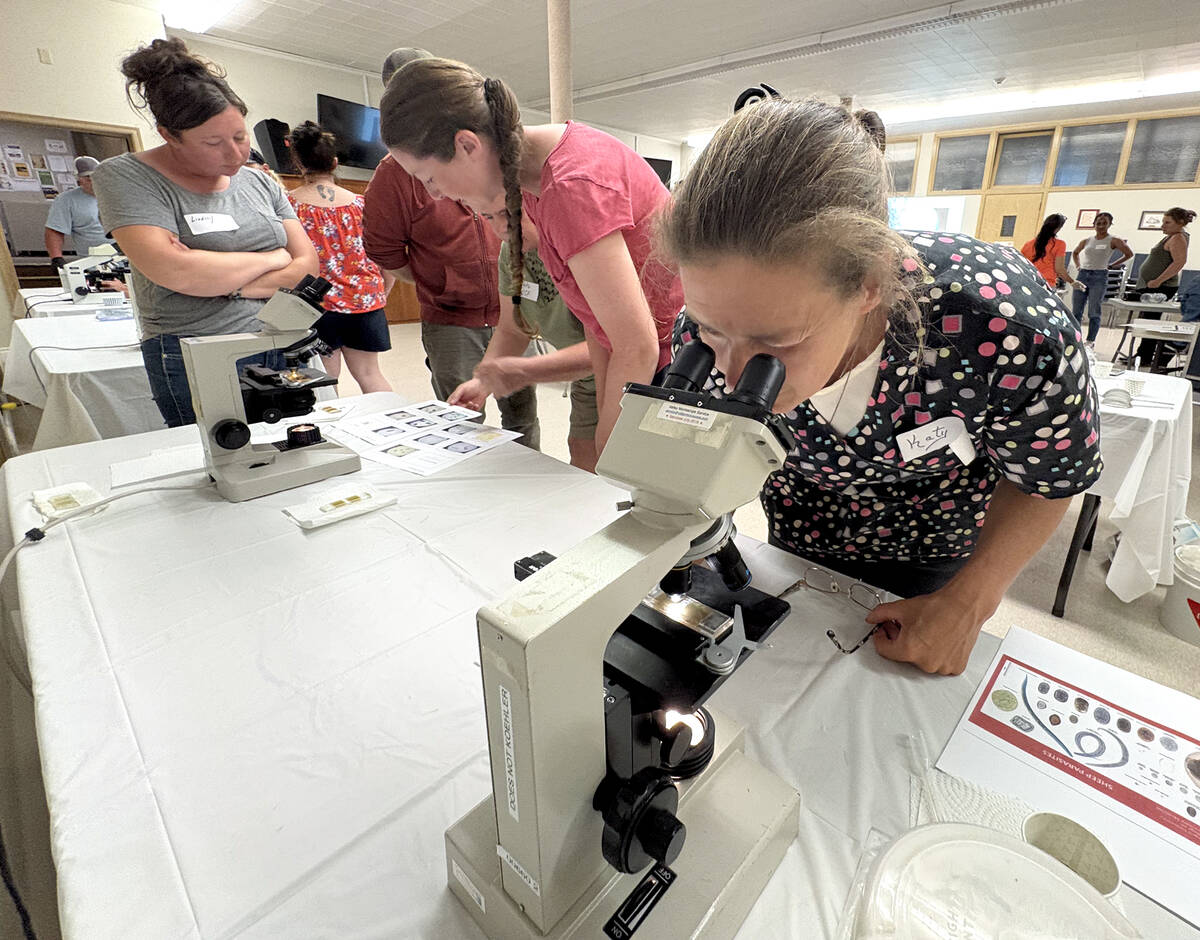
Smart deworming for sheep starts with individual fecal egg counts
Fecal egg count tests are one step to managing dewormer resistance and managing sheep parasites on Canadian sheep farms to maintain flock health.
Losses are rising from pasture and hay lands affected by flooding.
“We’re worried about quality of feed coming into the winter as well as just the overall supply,” said Melinda German, general manager.
2014 is a repeat of 2011 when flooded pastures forced producers to move cattle to hay land, she said.
- More from the Manitoba Co-operator: KAP calls for special assistance
“Lots of people are sacrificing their hay land to graze cattle now,” she said. “If the duration of the water is significant, we’re going to use up those resources.”
Their meeting this week will include discussion about what producers are going to need beyond existing risk management programs, she said.
“I think right now the specific needs for the livestock producer will be a winter feed program,” she said. “The province has utilized a program over the last few crises we’ve had. It’s a needs-based pasture and hay forage shortfall program and it’s worked quite well.”
Transportation assistance for hay, straw and moving cattle may also be necessary, German said.
“We don’t know how far we may have to go for resources,” she added.
MBP is also requesting updated pasture, hay and transportation listings for producers who need to source feed or relocate cattle in the days and weeks ahead. It is stressing the need for timely information to make informed management decisions as water volumes move across Manitoba.
“It is critical to have the information and management tools readily available; that is a key lesson coming from the recent floods,” Reimer added.
Virden-based MAFRD beef specialist Tod Wallace said last week he estimates as much as 40 per cent of pasture land remained under water in Manitoba’s southwest at week’s end. That was an improvement over the 80 per cent at week’s beginning, he added.
Producers contacting MAFRD were expressing concerns about how much longer their animals could stay where they were, he said. However, they were able to move them to higher ground and Wallace wasn’t aware of any animals needing evacuation as of July 4.
Ted Artz, a Pierson-area farmer and director for MBP, said getting feed into the area is a serious concern with many of the roads impassable and seriously damaged.
“We rely on greenfeed, and it looks like it is going to be a challenge to get any in,” he said. “It’s going to be a challenge just getting around. We don’t know what roads will be put back together or if they can even get equipment into certain fields.”








